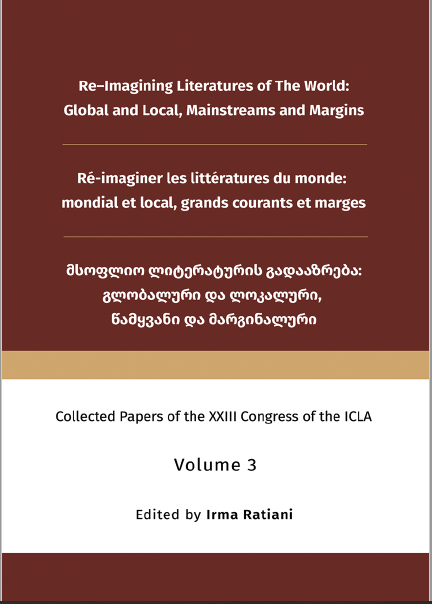The Metamorphic Motif in Indian Myths and its Ethnic Culture
Main Article Content
Abstract
Metamorphosis, which refers to the metamorphosis and alteration of diverse objects, is a common motif throughout world mythology. Humans, gods, demons, animals, as well as plants and inanimate objects, can turn into each other in Indian myths, expressing the imaginative and majestic manner of Indian myths. In this study, we will quickly outline the metamorphic motifs in Indian myths and explore the causes behind the metamorphic motifs, particularly the effect of Indian ethnic culture on the metamorphic motifs. There are three sorts of metamorphic motifs in Indian myths: reincarnation, deity incarnation, and general transformation, all of which have distinct Indian national cultural overtones. Correspondingly, the creation of Indian mythological metamorphosis stories is affected by India's distinct culture. The ancient Indian notion of reincarnation gave rise to a soul metamorphosis in the style of reincarnation, in which the soul is reincarnated into a different form from its previous life. The theory of “the unity of Brahma and Atman” provides intellectual validity for the deity incarnation. The realistic impetus behind the myth of the incarnation of Indian deities and the incorporation of deities like Vishnu with deities from other civilizations was the need to achieve cultural integration. In this way, the deities from other cultures were transformed into incarnations of Indian deities. The metamorphic motifs bear the imprint of India's cultural identity, and it is through them that the cultural community of the Indian nation has been created.
